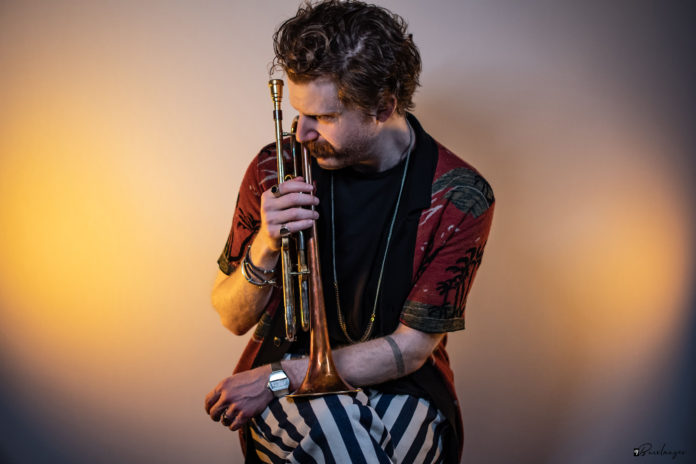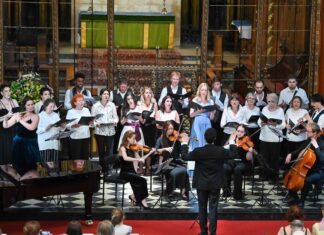NEW YORK — Michael Sarian is a man with a background as diverse as the music he plays, jazz, and the city he calls home now.
Born in Toronto to a Canadian mother and a Romanian-born Armenian father and raised in Buenos Aires, he attended college in Pennsylvania, and currently lives in New York City where he got his graduate music education; he is a native speaker of both English and Spanish. His musical language touches on all these influences, especially the Latin jazz influence of his earlier career, but in the past several years he has not only delved further into his Armenian identity, but expanded his horizons into Free Jazz, allowing him to express himself with a more authentic voice all his own.
Diverse Roots
Sarian’s father was born in Romania and his grandmother in Istanbul, but her family roots were in Van. As his family fled the Ceausescu regime, most settled in Argentina, but Sarian’s father went to Canada to get a college education and married a Canadian woman. A year after Sarian’s birth, the family joined his father’s relatives in Buenos Aires.
Sarian stated that his family was not too involved in the large Armenian community in Argentina, but like many Armenian children, he was given piano lessons at a young age. In middle school and high school he began to play the trumpet in the school band. Looking for music to listen to that included his chosen instrument, he discovered the jazz of Miles Davis and so many other trumpet masters.
Following his interest in music, he returned to North America, and attended Muhlenberg College, in Allentown, Penn., graduating with a BA in music theory and composition. He then returned to Argentina where he worked as a music teacher in a K-12 school. He didn’t find much of a jazz scene in Buenos Aires, he said, and so, in 2012, he returned to New York to pursue a master’s degree in jazz performance at New York University.








